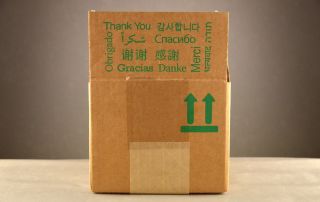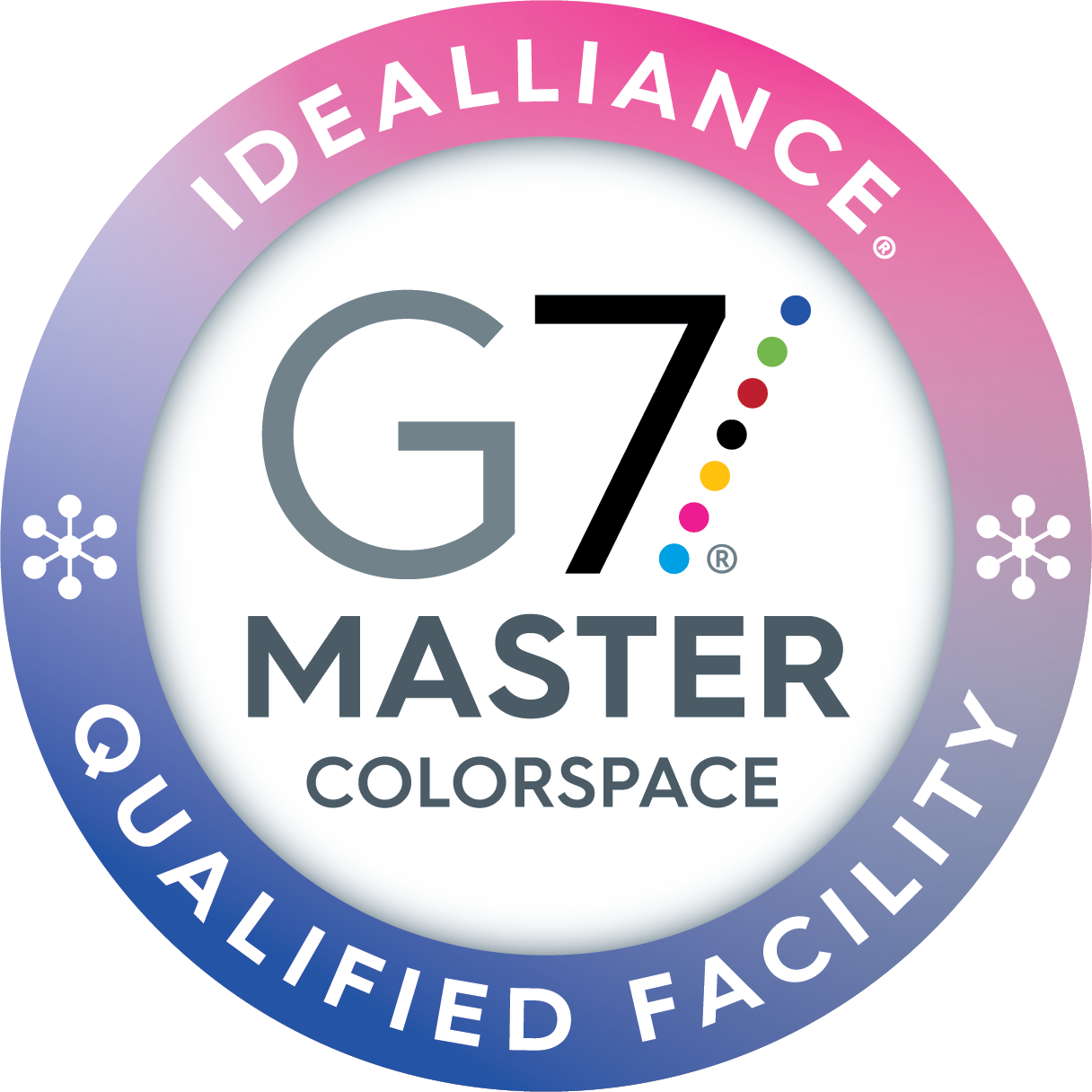
In today’s global marketplace, businesses are constantly striving to reach corners of the world they’ve left untouched. Creating legible and concise multilingual packaging is the only way to meet this broader audience.
But this process involves more than translating words; it’s about embedding cultural nuances and forging connections with consumers across different regions. Whether you’re a small business exploring international markets or a well-established brand looking to enhance your global presence, here are some valuable tips to consider when creating multilingual packaging.
Make Sure Your Translations Are High-Quality
Ensuring that your product translations are high quality is crucial; you don’t want to risk a translation mishap! Google Translate might be tempting for its convenience and lack of cost, but relying on these tools can lead to errors ranging from comical to disastrous.
Instead, consider partnering with professional translators who specialize in marketing and deeply understand your target market’s culture and nuances. These experts will provide accurate translations and ensure your packaging resonates with local consumers.
Be Aware of Cultural Sensitivities and Nuances
Navigating the intricate landscape of cultural sensitivities is one of the most important things to consider when creating multilingual packaging, as it requires precision, understanding, and respect. When designing your packaging to appeal to diverse markets, conduct thorough research into the cultural background of your target audience.
This involves understanding not just the language but the symbols, colors, and imagery that carry significant meanings in different cultures. By being mindful of these subtleties, you can create packaging that truly resonates with your audience on a deeper level, fostering familiarity and trust.
Consider the Legibility and Appropriateness of Fonts
Choosing the right font for your multilingual packaging is about ensuring your message is clear and accessible to everyone. Fonts play a critical role in how readable your packaging is. For instance, while a fancy script font might look appealing, it could be difficult to read in smaller sizes or when translated into languages with complex characters.
This doesn’t mean your packaging has to be boring—far from it. There are numerous fonts that strike a balance between character and clarity, allowing you to maintain your brand’s personality while ensuring your packaging is accessible to a global audience.
Icons, Symbols, and Imagery Should Be Universal
Icons, symbols, and imagery are powerful tools in packaging design. They convey messages at a glance and transcend language barriers. However, their meanings can vary significantly across cultures, making it crucial to choose universally recognized and appreciated visuals.
For instance, an owl symbolizes wisdom in some Western cultures, while in others, it may be an omen of bad luck. A quick online search or consultation with cultural experts can provide clarity and inspiration, ensuring your packaging effectively connects with consumers worldwide.
Remember, the goal of effective multilingual packaging isn’t just to communicate the essential details of your product but to make every customer feel valued and understood.
However, no matter what translations you put on your product, every word should be crisp, legible, and easy to read, meaning you need a printing service dedicated to quality. At Tigerpress, we offer top-of-the-line package printing services to help the recognition of your products rise to new heights.

